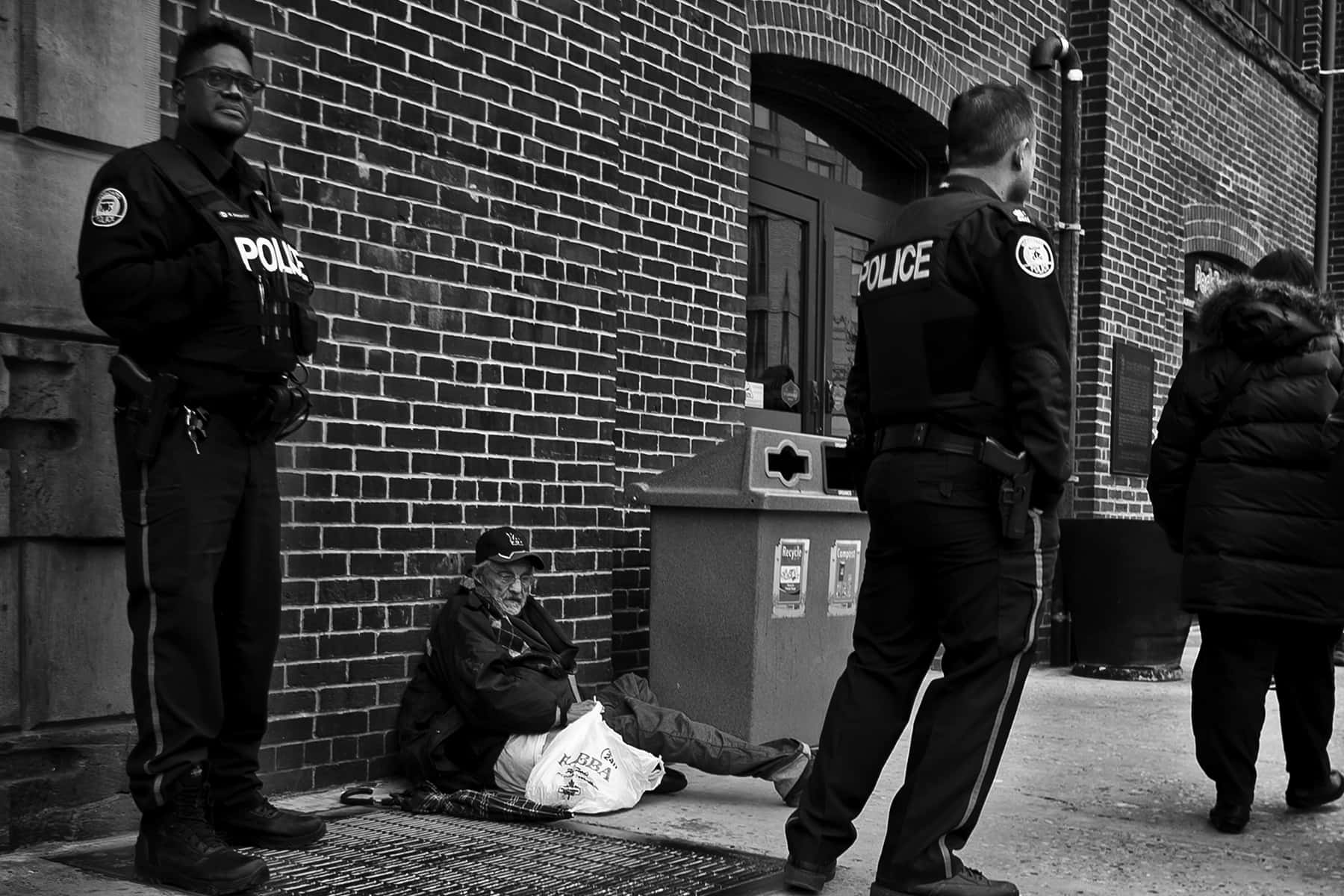Psychiatric
Published (updated: ).

The ambulance crew is there to take care of the patient… and nothing else
Psychiatric (regarding mental health) calls are generally made by the public in response to a general disturbance. The police never know what situation awaits them on the other end of the telephone. The police arrive and the patient is not cooperative with law enforcement, creating an atmosphere of pressure. In the interest of protecting the peace and serving the law, EMS is called. What looks like a pitched battle between law enforcement and the police department would make anybody want to pick a side. The problem is it’s not a battle, it’s a cry for help.

Don’t pick sides
Treating this patient requires a level of impartiality not required on other types of EMS calls. It must also be understood by the EMS crew that the law did not directly convey to them arresting powers which would implicitly grant them right to apprehend and transport patients against their will to the hospital. Further, it may be tempting for the ambulance crew to act in the same manner as the police (who have a completely different job and work for completely different people). The medics know they can offer the patient transport to the hospital, but what if it becomes necessary to act in the patient’s interest despite the patient’s wishes? What if the patient is a danger to their self or other people, what becomes the right thing to do? The right thing for the ambulance crew to do at this point is contact medical control. Medical control is either the medical director of the ambulance service or a physician at the emergency department. Contacting medical control and requesting orders to restrain and transport the patient might be the best way to take care of the patient.
Mental Status Examination
Psychiatric patients are going to be alert and able to converse. The patient could be confused but nonetheless able to converse. The medics could employ a mental status examination:
Appearance
One should describe the prominent physical features of an individual. At least one writer on the subject has suggested this should be detailed enough “such that a portrait of the person could be painted that highlights his or her unique aspects” but that is probably asking a lot. Some aspects of appearance once might note include a description of a patient’s facial features, general grooming, hair color texture or styling, and grooming, skin texture, scar formation, tattoos, body shape, height and weight, cleanliness and neatness, posture and bearing, clothing (type, appropriateness) or jewelry.
Motor Behavior
The examination should incorporate any observation of movement or behavior.
Some aspects of motor behavior that might be commented on include gait, freedom of movement, firmness and strength of handshake, any involuntary or abnormal movements, tremors, tics, mannerisms, lip smacking or akathisias
Speech
This in not an evaluation of language or thought (save that for later), but a behavioral/mechanical evaluation of speech. Items that might be commented on include the rate of speech, the spontaneity of verbalizations, the range of voice intonation patterns, the volume of speech, and any defects with verbalizations (stammering or stuttering).
Attitudes
One should comment on how the patient related to the examiner. This usually includes a discussion of the patient’s degree of cooperativeness with the examiner. When appropriate, a recording of the evaluator’s attitude toward the patient might be appropriate, as such reactions (“countertransference”) may be useful information. Such discussions should be done with the understanding that the patient has a legal right to read the record, and any strong emotions or reactions should be recorded in a diplomatic manner.
Emotions
For the sake of consistency, the observation of a patient’s emotions is divided into a discussion of mood and affect.
Mood is usually defined as the sustained feeling tone that prevails over time for a patient. At times, the patient will be able to describe their mood. Otherwise, evaluator must inquire about a patient’s mood, or infer it from the rest of the interview. Qualities of mood that may be commented on include the depth of the mood, the length of time that it prevails, and the degree of fluctuation. Common words used to describe a mood include the following: Anxious, panicky, terrified, sad, depressed, angry, enraged, euphoric, and guilty. Once should be as specific as possible in describing a mood, and vague terms such as “upset” or “agitated” should be avoided.
Affect is usually defined as the behavioral/observable manifestation of mood. Some aspects of a mood that we might comment on include the following: the appropriateness of the affect to the described mood (does the person look the way they say they feel?); the intensity of the affect during the examination (is their too much–heightened or dramatic–or too little blunted or flat); the mobility of the affect (does the affect change at an appropriate rate, or does there seem to be too much variation–a labile affect— or too little–constricted or fixed; the range of the affect (is there an expected range of affect–usually interview will have light and heavier moments–or does the affect seem restricted to a limited range; and the reactivity of the patient (is the response to external factors, and topics as would be expected for the situation. Alternatively, is there too little change–nonreactive or nonresponsive?).
Thought
Usually, a description of a patient’s thoughts during the interview is subdivided into (at least) 2 categories: a description of the patient’s thought process, and the content of their thoughts.
